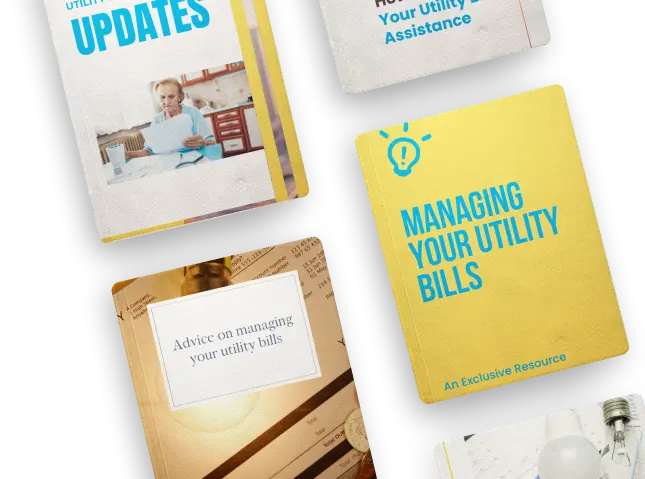How Medicaid is Expanding Access for More Families
Medicaid has long been the safety net for America's most vulnerable populations, including low-income children, pregnant women, elderly adults and people with disabilities. However, restrictive eligibility left many families without affordable coverage.
The good news is Medicaid is evolving to reach more communities in need. Recent policy changes at both the federal and state level aim to make Medicaid benefits available to a wider range of households.
Medicaid Expansion Providing Broader Coverage
A major milestone was the Affordable Care Act's Medicaid expansion, which extended eligibility to nearly all adults with incomes up to 138% of poverty in participating states. This expansion allowed millions of low-income individuals to gain Medicaid for the first time.
However, some states chose not to expand Medicaid.
The American Rescue Plan Act of 2021 aims to close this gap by providing enhanced federal funding for states that newly expand Medicaid. These incentives could help more states adopt Medicaid expansion to support vulnerable residents.
Medicaid Waivers Giving States More Flexibility
Section 1115 waivers grant states permission to customize their Medicaid programs. States have used waivers to provide services like home care, address health-related social needs and implement work requirements.
The Biden administration is encouraging states to apply for waivers that expand access, especially in light of COVID-19. For example, states can extend postpartum coverage for new mothers and provide 12 months of continuous eligibility for children.
These changes promote ongoing health coverage during times of crisis.
Streamlining Enrollment to Boost Participation
Applying for Medicaid has traditionally been a cumbersome process, creating barriers to participation. Both the federal government and states have taken action to simplify Medicaid enrollment.
People can now apply for Medicaid through Healthcare.gov and most state-run health insurance exchanges. Medicaid agencies are also developing more user-friendly application systems and investing in outreach to raise awareness about the program.
Together, Medicaid expansion, state waivers and enrollment reforms are transforming this public program to reach previously ineligible groups. As Medicaid access grows, more families will gain the health coverage and financial security they need during difficult circumstances.
With broader eligibility and easier enrollment, Medicaid can support the wellbeing of communities in new and important ways.












